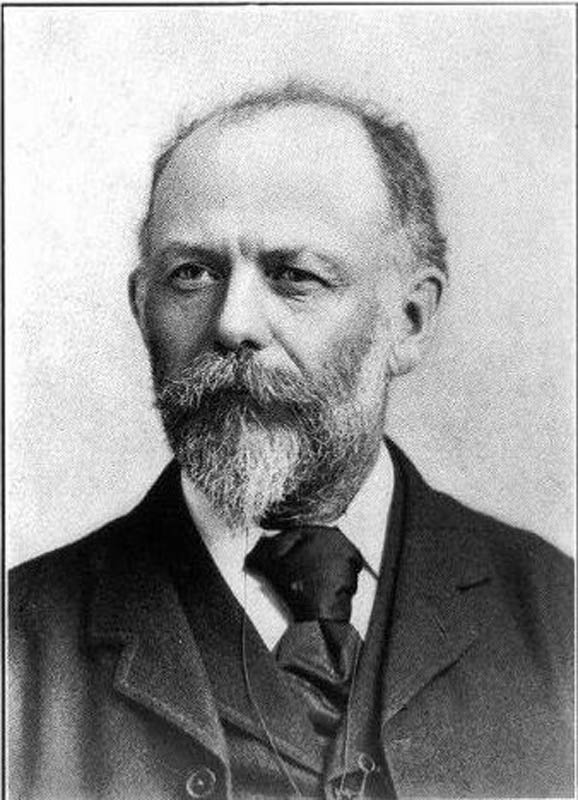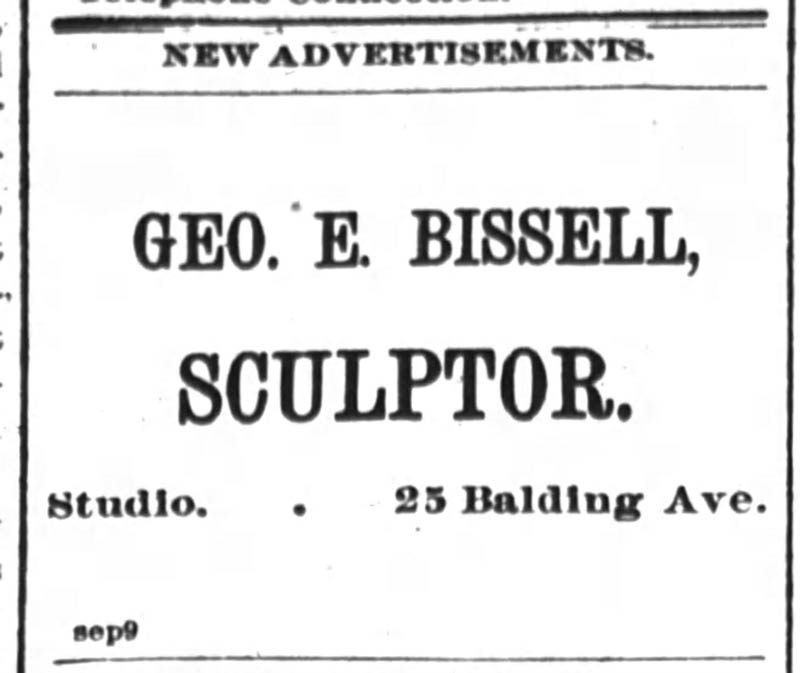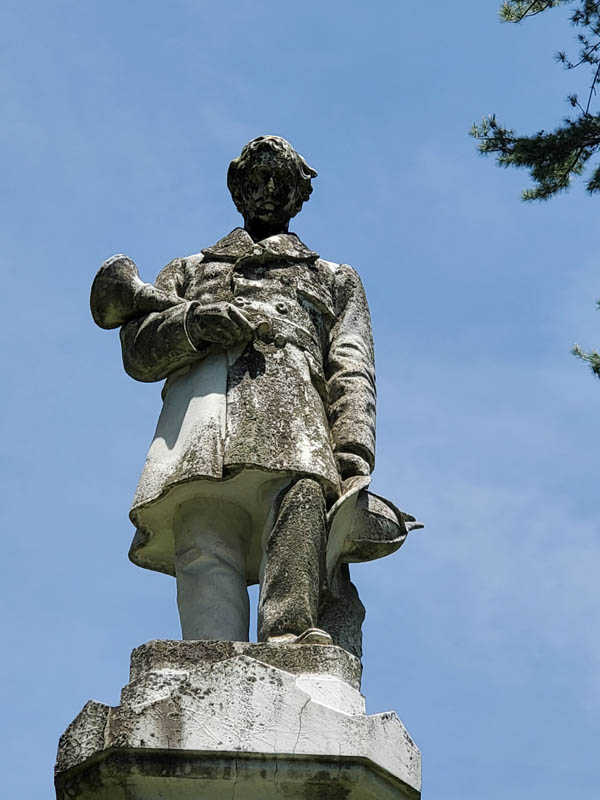Carving Out a Legacy: George Edmund Bissell
Think about all of the monuments and statues you have seen in your life. Each one of those pieces had an artist that came up with a design and painstakingly sculpted it. Now ask yourself, how many of those artists can you name for those statues that you’ve seen? The City of Poughkeepsie had a resident artist who sculpted memorable pieces all over the world, and yet his name seems to be forgotten. His first statue is located at the Poughkeepsie Rural Cemetery, and today you can find his works at auction for thousands of dollars.
George Edmund Bissell was born on February 16th, 1839, in New Preston, Connecticut. As he was preparing to enter higher education, the Civil War broke out and he enlisted with the 23rd Regiment of Volunteers in Waterbury, Connecticut. He served as a private until 1863 when he assumed the role of assistant paymaster for the US Navy until the end of the war. After the war, he returned home and married Mary Elizabeth Welton, and together they started a family. They traveled to Poughkeepsie, along with George’s father Hiram and brother Henry, where the family began a marble business on Main Street and lived in two separate houses on High Street.
When his father died in 1871, George decided to begin the practice of sculpting and was awarded his first commission in 1872. He designed the powerful and mournful firemen’s monument that now stands in the Poughkeepsie Rural Cemetery. After this, he and his brother began advertising their business on Main Street as H.F. & G.E. Bissell, Monumental Sculptors. He and his wife were met with heartache in January of 1877 when two of their sons, Harry and Joseph, died from Diptheria only a few days apart (this was a terrible yet common illness that killed many in the 19th century). In 1887, he designed the monument for the 150th Regiment, also known as the Dutchess County Regiment, which stands on the battlefield at Gettysburg. He also designed several of the soldier’s monuments in his home state of Connecticut. By 1890, his brother left the business to become a postal worker, while George carried on with his work in a studio in his new home on Mansion Street (where the modern-day Post Office sits).
During the 1870s and 80s, it was popular for American artists to travel to Europe to sharpen their skills. In 1875, Bissell made his way overseas to study and work in places like Rome, Florence, and Paris. He would continue to go back and forth between an established new home and studio at 25 Balding Avenue, and a studio in Florence. On the Sanborn map of 1895, you can see where his sculpture studio was located in the backyard. In 1895, he designed a 35 ft statue for the commemoration of New York State’s ratification of the Constitution here in Poughkeepsie in 1788. That statue was supposed to stand at the intersection of Main and Market Streets, but it appears that it was never built.
He was commissioned to build several statues in New York City, including the statue of Chester A. Arthur in Madison Square Park, and several statues of various members of the prominent De Peyster family. As a result of his work, in 1901, he was made the director of the Municipal Art Society of New York City. In his later years, he and his wife moved to Mount Vernon in Westchester County, where he lived until he died in 1920. He’s buried in the Poughkeepsie Rural Cemetery.
References:
Record of service of Connecticut men in the army and navy of the United States during the War of the Rebellion. 1889 – https://cslib.contentdm.oclc.org/digital/collection/p128501coll2/id/176120
The “Dutchess County Regiment”: (150th Regiment of New York State Volunteer Infantry) in the Civil War. 1907 – https://books.google.com/books?id=lzj2CAOmH-kC
Poughkeepsie Eagle News: 15 Mar 1880, 14 Apr 1891,
The Brooklyn Daily Eagle: 11 Jun 1899, 24 Aug 1902
The New York Times: 31 Aug 1920
Images:
Photo-01 – Photograph of George E. Bissell.
Photo-02 – Advertisement from the Poughkeepsie Eagle News for George and Henry’s Marble business.
Photo-03 – Advertisement from the Poughkeepsie Eagle News for Bissell’s solo business.
Photo-04 – Image of the Sanborn map from 1895 showing Bissell’s home and studio on Balding Avenue in Poughkeepsie.
Photo-05 – Modern photograph of Bissell’s Firemen Statue at the Poughkeepsie Rural Cemetery





